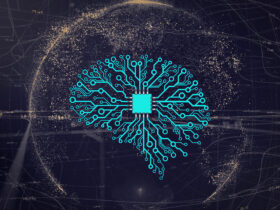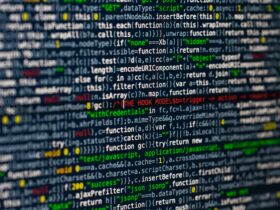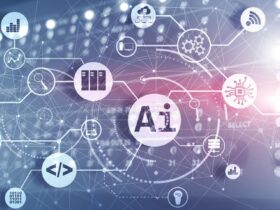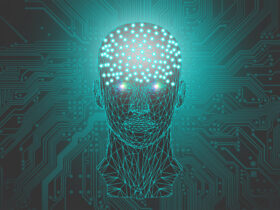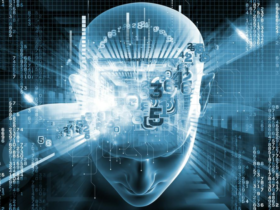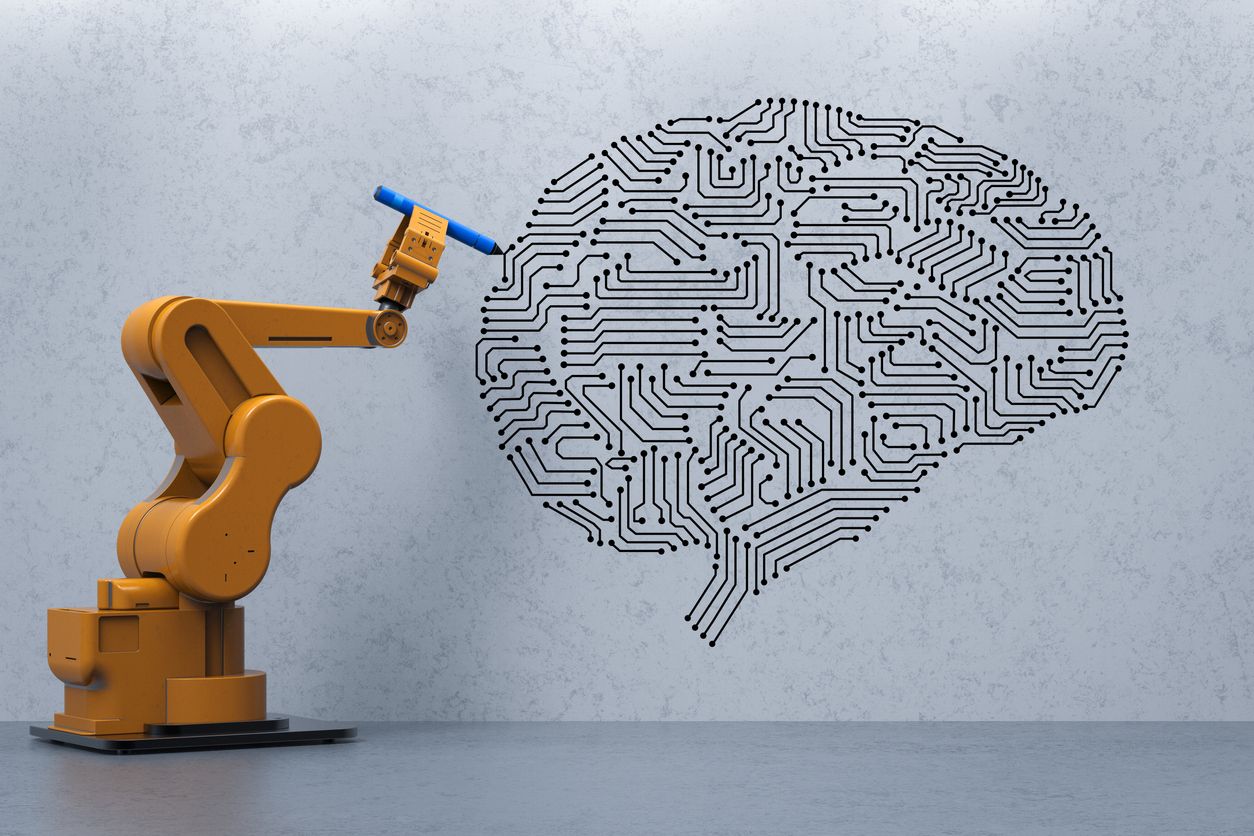Reinforcement learning has been all the buzz lately.
It is an emerging field of Artificial Intelligence used primarily in video games, robots, and industrial applications.
This method aims to create intelligent agents that can learn from their past experiences through trial and error to accomplish complex tasks.
In this article, we will discuss the applications of Reinforcement Learning and its tools & Advancements.
What is Reinforcement Learning?
The field of reinforcement learning enables you to take appropriate actions to maximize rewards in specific situations. This technology teaches computers to make essential decisions based on various pre-trained models.
Furthermore, this method focuses on how software agents make decisions and take appropriate actions in a given environment.
With this short introduction, let’s move toward the top 5 open source reinforcement learning tools.
Top 5 Open-Source Reinforcement Learning Tools
After the short intro about reinforcement learning, you must understand that it is the buzz branch of Artificial Intelligence. It is mainly getting adopted by tech companies. Alternatively, reinforcement learning is all about some advanced algorithms providing decisions based on previous training with the trial-and-error principle.
Here are the top 5 open source Reinforcement Learning tools preferred by industry experts.
#Tool 1. OpenAI Gym
If you have decided to embark on the first step in Reinforcement Learning, The OpenAI Gym is the most preferred platform for implementing an agent training environment.
OpenAI Gym allows you to set up an agent training environment with its built-in list of domains. This python-based library provides flexibility with API integration for your environment also.
#Tool 2. Google’s TensorFlow
Are you looking to pursue a career in NLP, intelligent chatbots, robotics, and more advanced fields? Then Google’s TensorFlow is the perfect library for you. With 95000+ developers following, the community has developed TensorLayer and an extended version of Tensorflow. The TensorLayer provides popular yet customizable RL models to train and tackle real-world challenges. The library supports several popular programming languages like python, C, Java, and JavaScript.
#Tool 3. Uber AI’s Fiber
As machine learning application was on the rise, computational requirements also increased. Uber AI released Fiber, a python-based machine learning library, to fulfill these requirements. The library mainly functions in computing the computer clusters by leveraging computing hardware, dynamic scaling algorithms, and computing complex algorithms on sets.
#Tool 4. Keras
Keras allows you to implement neural networks quickly in just a few lines of code. Keras supports fast prototyping and seamlessly runs on CPU along with GPU. You can design your custom architecture and then use it as an API for your project. With Keras, you can transfer your existing TensorFlow RL models to machine-learning problems related to the RL models.
#Tool 5. Pytorch
Pytorch, an open-sourced deep learning library by Facebook, is another widely used deep learning library. Due to its ease of use, PyTorch continues to gain popularity. PyTorch primarily serves researchers, data scientists, and AI (artificial intelligence) and is frequently used for experiments on implementing policy-based agents and creating new adventures, thanks to its dynamic neural networks and strong GPU acceleration.
Industry Automation With Reinforcement Learning
Applications In Self-Driving Cars
There have been several research papers proposing Deep Reinforcement Learning for autonomous vehicles.
For self-driving cars, various factors, such as driving zones, speed limits, and avoiding collisions, play an essential role.
It is possible to apply reinforcement learning to autonomous driving tasks such as route optimization, motion planning, dynamic pathing, controller optimization, and scenario-based learning policies.
For instance, learning automatic parking policies can help with parking. In the case of lane changing, Q-Learning becomes helpful. Still, in the chance of overtaking, a policy can develop while avoiding collisions, and it is possible to maintain a steady speed after that.
Applications In Healthcare
In healthcare, RL systems can provide treatment based on policies learned from the system. By analyzing previous experiences, RL can determine optimal policies without prior biological model knowledge.
Compared to other control-based healthcare systems, this approach is more applicable.
RL occurs in various forms in healthcare, including dynamic treatment regimes (DTRs) for chronic diseases and critical care, automated medical diagnosis, and other generic applications.
In DTRs, patient observations and assessments become inputs, and the outputs are treatment options at each stage.
A DTR that uses RL can determine the best treatment for a patient at a particular time based on time-dependent decisions. As a result of factoring in delayed effects of treatment, RL in healthcare also improves long-term outcomes.
Application In News Recommendation
Reviews and likes can become obsolete quickly, so recommendations based on user preferences can also become obsolete.
An RL system tracks the reader’s return behaviors with reinforcement learning. Creating this system requires gathering information about news, readers, context, and reading news.
Several features are associated with news, such as the headline, the content, and the publisher. Clicks and shares are examples of how readers interact with the content. As part of the context, news aspects like timing and freshness play a role. These user behaviors then serve to define a reward.
Advancements in Reinforcement Learning Algorithms
One of the long-term goals of reinforcement learning (RL) research is to develop a general learning algorithm that can solve various problems.
Recently, AutoML has been successful at creating neural networks and updating model rules via automation.
In RL, the following advancements have occurred:
RL Algorithm as a Computational Graph
Meta-learning RL algorithms rely on representing the loss function of an RL algorithm as a computational graph, as in NAS, which searches over the space of graphs representing neural network architectures.
Such a representation has a few advantages.
- As well as defining existing algorithms, this representation can define new, undiscovered algorithms. As well as being interpretable, it is also accessible.
- As with human-designed RL algorithms, graph representations can get analyzed. As a result, it is easier to understand than approaches that use black box function approximators to update RL.
Evolving RL Algorithms
To improve their RL algorithms, researchers adopt an evolutionary approach. In the first step, they created randomized graphs for the training population. Several training environments get used to train this population of agents.
A hurdle environment is getting used to training the agents. This comfortable environment makes it easy to eliminate programs that aren’t performing well. An agent will get terminated with a score of zero if it cannot solve the hurdle environment.
Otherwise, more challenging environments get encountered during training.
Learned Algorithms
Researchers discovered two algorithms that are good at generalizing.
The first is DQNReg, which combines standard squared Bellman errors with a weighted Q-valve penalty. While the second learned loss function, DQNClipped, has a more straightforward form, combining the squared Bellman error and the maximum Q-value (modulo the constant).
Essentially, both algorithms regularize Q-values. A Q-value that becomes too large can be minimized using DQNClipped, while DQNReg adds a soft constraint.
Conclusion.
Reinforcement Learning is an overarching term for many distinct algorithms that solve problems differently. Some of them, such as Q-learning and SARSA, are widely used, others are experimental, and some are only theoretical. A specific application domain does not limit reinforcement learning algorithms. They can be applied to problems as diverse as robotics, games, and even computer vision, just to name a few.


